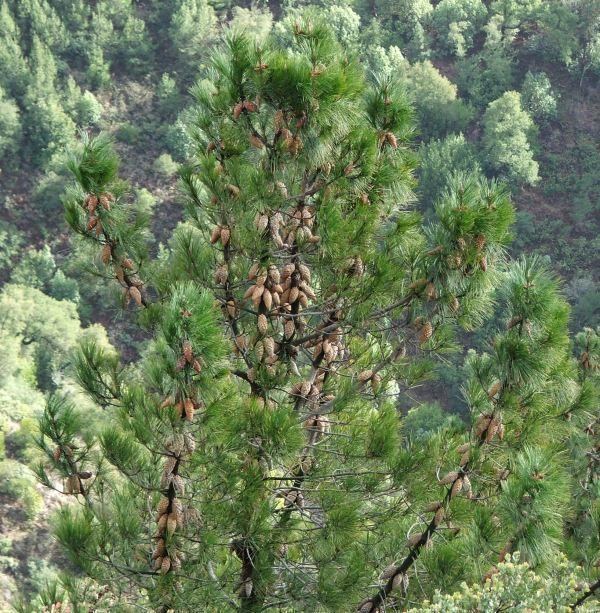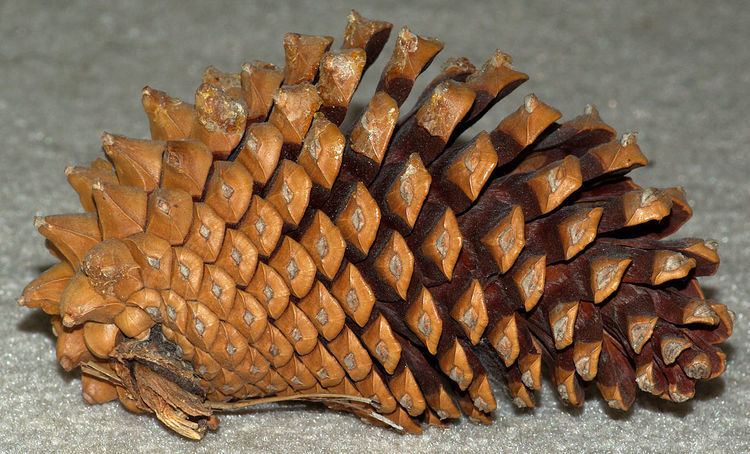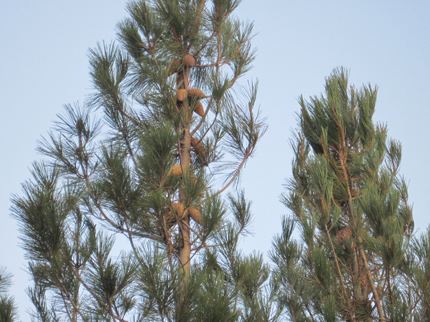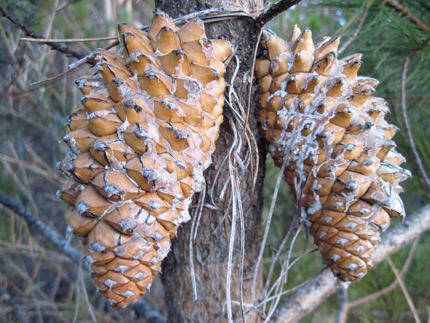Class Pinopsida Scientific name Pinus attenuata | Division Pinophyta Genus Pinus Rank Species | |
 | ||
Similar Bishop pine, Coulter pine, Jeffrey pine, California Foothill Pine, Pinus monophylla | ||
Risk management lessons from the knobcone pine tree honeybee capital creature feature
The knobcone pine, Pinus attenuata, (also called Pinus tuberculata) is a tree that grows in mild climates on poor soils. It ranges from the mountains of southern Oregon to Baja California with the greatest concentration in northern California and the Oregon-California border.
Contents
- Risk management lessons from the knobcone pine tree honeybee capital creature feature
- Description
- Ecology
- References

Description

The knobcone pine (Pinus attenuata) crown is usually conical with a straight trunk. It reaches heights of 8–24 metres (26–79 ft). However, it can be a shrub on especially poor sites. It prefers dry rocky mountain soils. The bark is smooth, flaky and gray-brown when young, becoming dark gray-red-brown and shallowly furrowed into flat scaly ridges. The twigs are red-brown and often resinous.

The leaves are in fascicles of three, needle-like, yellow-green, twisted, and 9–15 cm (about 3.5–6 in) long. The cones are 8–16 cm long and clustered in whorls of three to six on the branches. The scales end in a short stout prickle. The cones remain closed for many years until a fire opens them and allows reseeding. As a result, the cones may even become embedded in the trunk as the tree grows.
Ecology
The knobcone pine (Pinus attenuata) forms nearly pure stands, however it may hybridize with bishop pine (Pinus muricata), and Monterey pine (Pinus radiata) on the coast.
In the western foothills of the Sierra Nevada, knobcone pine is often a co-dominant with blue oak (Quercus douglasii).
